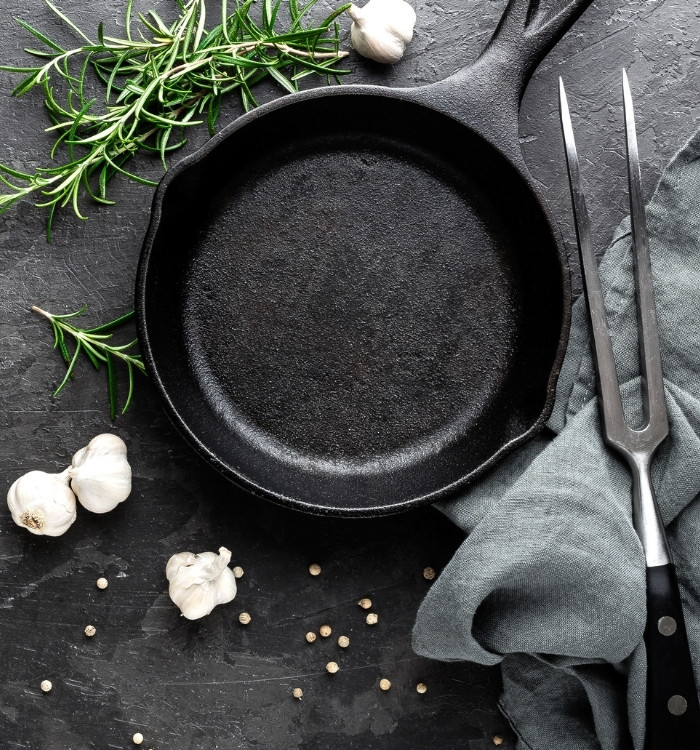
Caring for Cast Iron Cookware
Learn how to season a cast iron pan properly with this step-by-step guide! Find out the best oils to use, how to clean cast iron, and tips for keeping your pan rust-free.
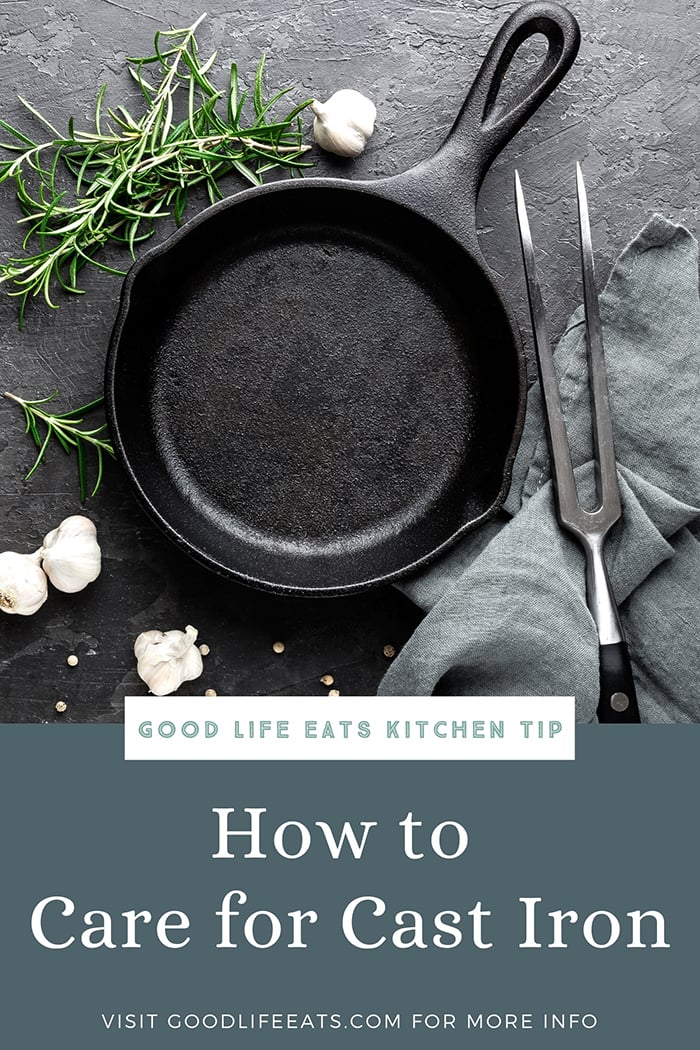
Why Does Cast Iron Need Seasoning?
Unlike non-stick pans, cast iron doesn’t come with a ready-made coating (unless it’s pre-seasoned). Instead, it relies on a process called polymerization, where oil is baked onto the pan’s surface at high heat, forming a smooth, black patina.
A well-seasoned pan:
✔ Improves over time, getting smoother with every use.
✔ Repels moisture to prevent rust.
✔ Creates a natural non-stick surface without synthetic coatings.
Caring for cast iron cookware might seem like a chore, but it’s easier than you think—and completely worth the effort.
A well-seasoned cast iron pan can last a lifetime, offering a naturally non-stick surface, even heat distribution, and the versatility to cook everything from crispy roasted vegetables to delicious cobblers.
In this post, you’ll learn how to season a cast iron pan, the best oil to use, how to clean and care for it, and what to do if rust appears. Whether you’re a cast iron newbie or looking to perfect your technique, these tips will help you maintain your cookware for years to come.
★★★★★
Reader Feedback
“Ever since you posted this I was reminded to start using my newer cast iron skillet to build up to that nice patina. The grease from the bacon and sausage has been helping. Not quite to the non-stick surface of my grandma’s skillet yet, but it will get there.”
What Does It Mean to Season Cast Iron?
The first step in caring for a new cast iron pan is seasoning. This process builds up a protective, non-stick layer that prevents rust and improves cooking performance over time.
Best Oils for Seasoning Cast Iron
The following oils work best because they can withstand high temperatures and polymerize well to create a protective layer:
- Grapeseed Oil – High smoke point and neutral flavor, making it great for seasoning.
- Vegetable Oil – Affordable, widely available, and provides a durable coating.
- Flaxseed Oil – Forms a hard, durable coating over time, ideal for long-term use.
- Crisco or Food-Grade Coconut Oil – Good alternatives for those who prefer solid fats, offering a consistent seasoning layer.
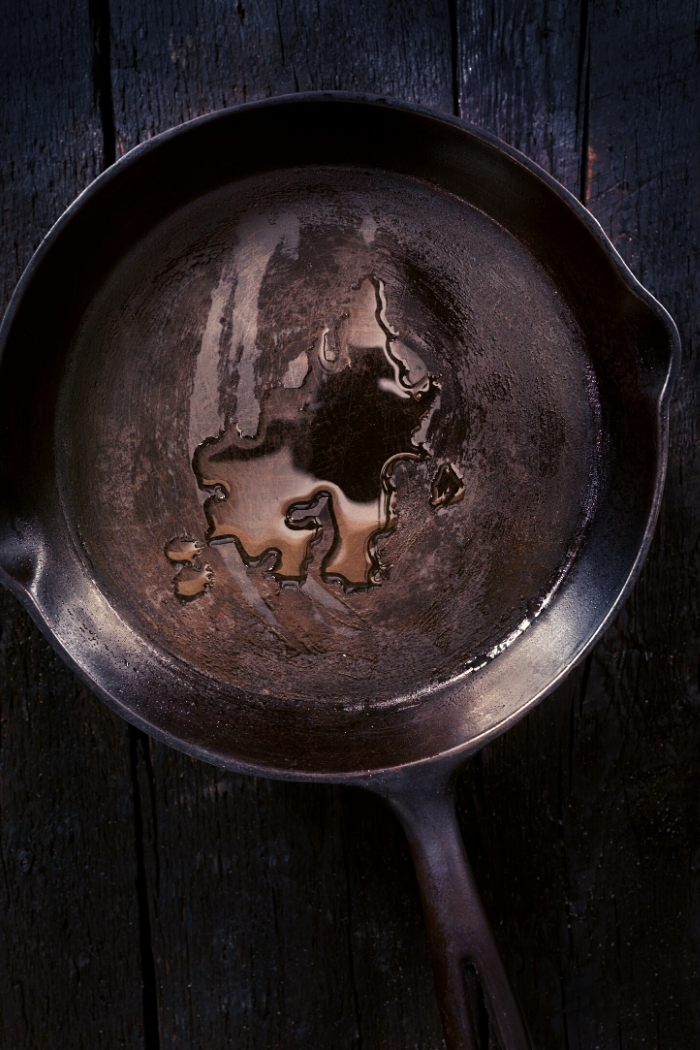
How to Season a Cast Iron Pan
Follow these simple steps to properly season your cast iron skillet and keep it in top shape.
- Preheat Your Oven: Set your oven to 350°F and position a rack in the middle. Place a foil-lined baking sheet on the lower rack to catch any drips.
- Wash and Dry Your Pan: Even if your pan is brand new, wash it with warm, soapy water and dry it completely with a towel. This will remove any factory coatings or residues.
- Heat the Pan on the Stove: Before applying oil, warm the pan over low heat for a few minutes to ensure it’s bone-dry. This helps the oil spread evenly.
- Apply a Thin Layer of Oil: Use 1-2 tablespoons of a high-smoke-point oil (see recommendations above). Rub the oil over the entire pan—inside, outside, and even the handle—using a paper towel. There should be no excess oil pooling.
- Bake the Pan: Place the pan upside down on the middle rack and bake for one hour. Placing it upside down prevents oil from pooling at the bottom. After an hour, turn off the oven and let the pan cool inside before handling.
- Repeat If Necessary: For the best results, repeat this process 2-3 times to build a solid base layer of seasoning. Your pan will continue to improve with use—especially when cooking with oil-rich foods like bacon or fried potatoes.
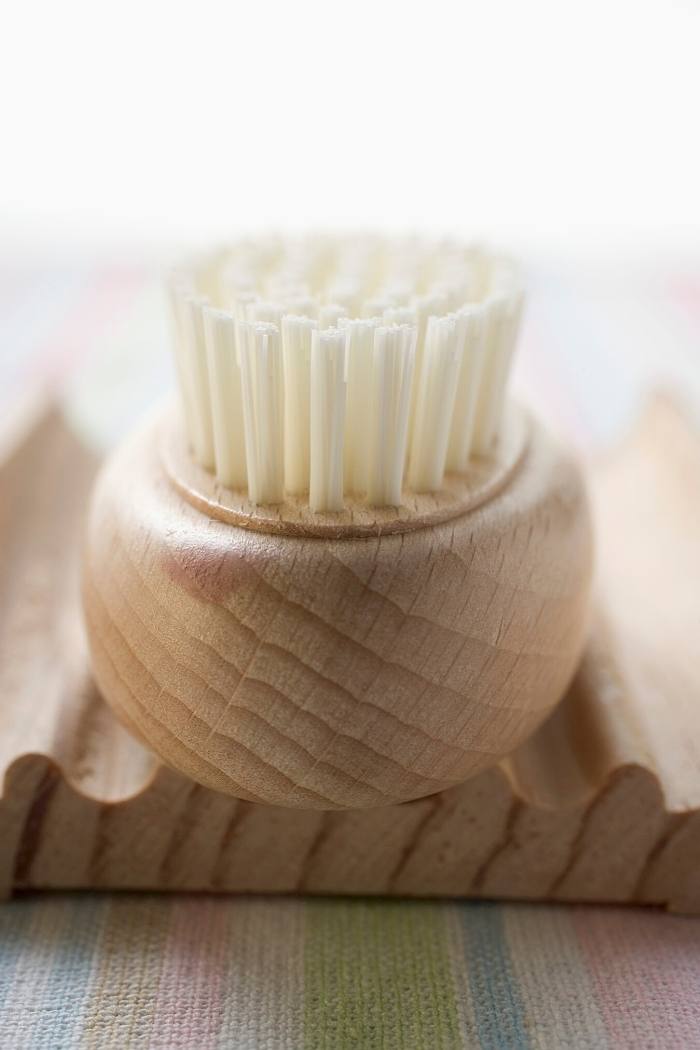
How to Clean and Care for Cast Iron
Proper care ensures your cast iron stays in top condition for years to come. Here’s how to maintain it:
Cleaning Cast Iron (Without Stripping the Seasoning)
- Never use soap (except in rare cases when re-seasoning a rusty pan).
- Use hot water and a stiff scrub brush to clean the pan immediately after use.
- For stubborn food residue, scrub with coarse salt and a little water instead of soap.
- Avoid soaking—prolonged exposure to water can cause rust.
- Dry immediately and thoroughly, using a towel or placing it over low heat.
Preventing Rust on Cast Iron
After each use, apply a light coat of oil to keep the seasoning intact.
- Never air-dry; always towel-dry or heat-dry your pan.
- Store it in a dry place, ensuring no moisture lingers.
- If stacking multiple pans, place a paper towel between them.
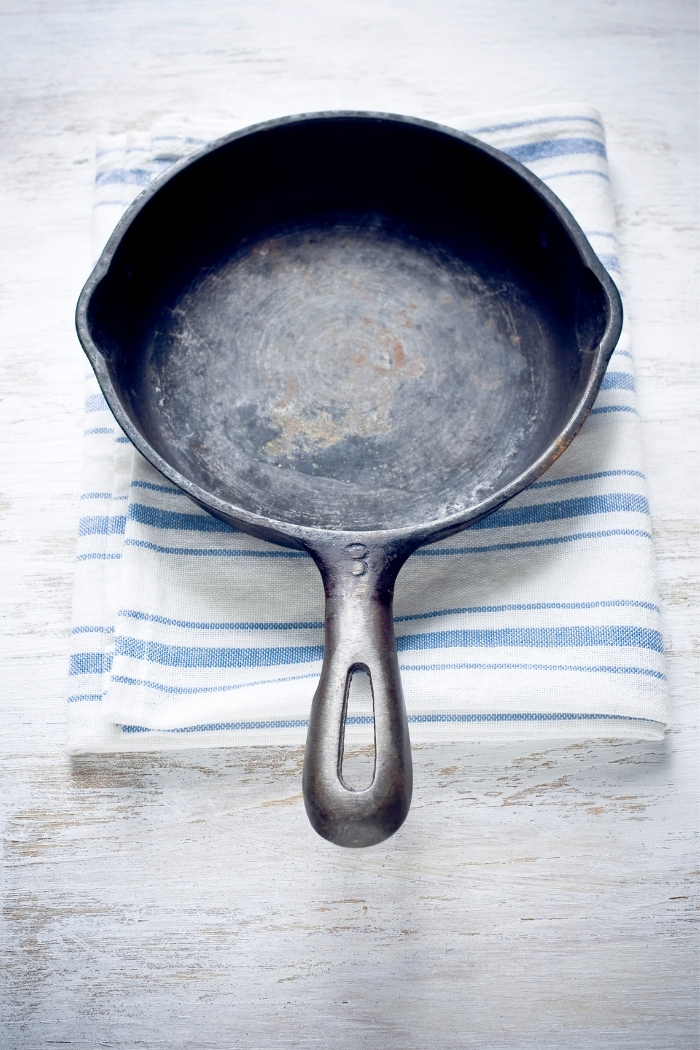
Troubleshooting Common Cast Iron Seasoning Issues
Even with proper care, you may run into a few seasoning problems. Here’s how to fix them:
- Rusting After Seasoning – Moisture exposure is the culprit. Always dry the pan thoroughly and apply a thin coat of oil after cleaning to protect the surface.
- Sticky Surface – Too much oil was used. Wipe away excess oil, bake at a slightly higher temperature, and repeat until a smooth finish is achieved.
- Flaking Seasoning – The pan wasn’t seasoned long enough, or old seasoning is coming off. Scrub lightly with steel wool, reapply oil in thin layers, and bake again.
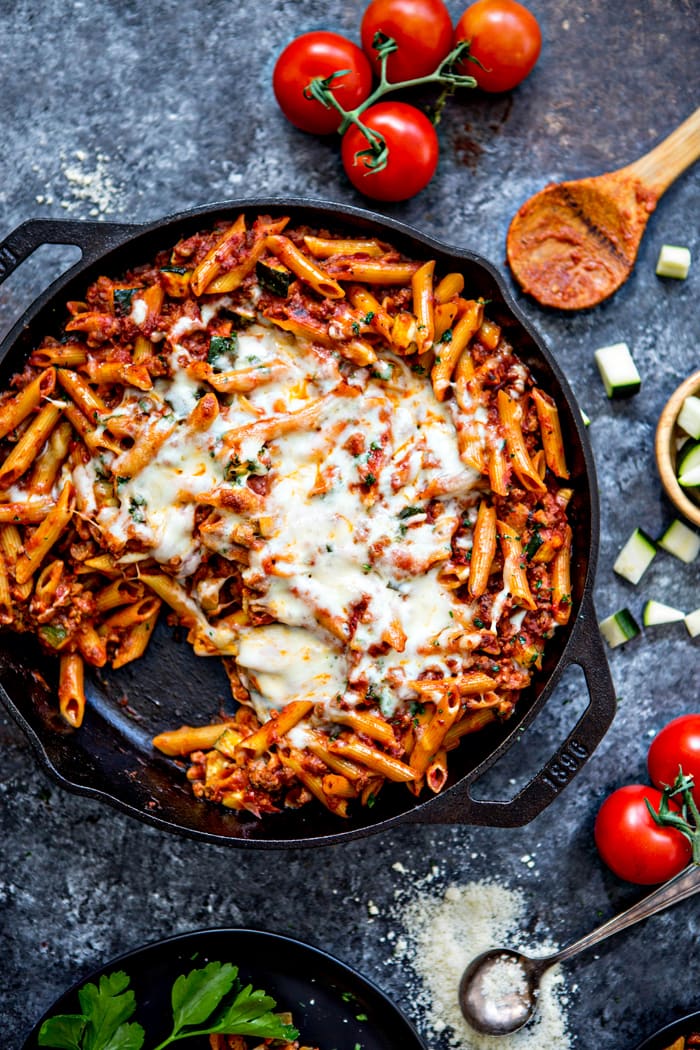
Why Cook with Cast Iron?
There are many advantages to cooking in cast iron. In fact, the only disadvantage I can think of is that the pans are heavy—but that’s a small trade-off for a cookware piece that lasts a lifetime.
Seasoned Cast Iron is Naturally Non-Stick
Besides being beautiful, cast iron pans that have been properly seasoned and cared for can offer you a chemical-free non-stick surface to cook on.
Cast Iron is a Good Investment Piece
Because they don’t contain a chemical non-stick coating, there’s no need to toss out a pan the way you’d discard a Teflon-coated pan after a few years.
They’re incredibly sturdy, too. A well-maintained cast iron pan will likely outlive you. For a relatively small price, you’ve purchased a pan that you can one day hand down as a family heirloom.
Cast Iron Promotes Even Cooking
Sure, a cast iron skillet takes longer to heat, but it retains heat exceptionally well—providing even, consistent cooking throughout the pan.
Cast Iron is a Versatile Piece of Cookware
One of my favorite aspects of cast iron is its versatility. It can be used on the stovetop, in the oven, and even over an open flame, unlike traditional coated non-stick pans.
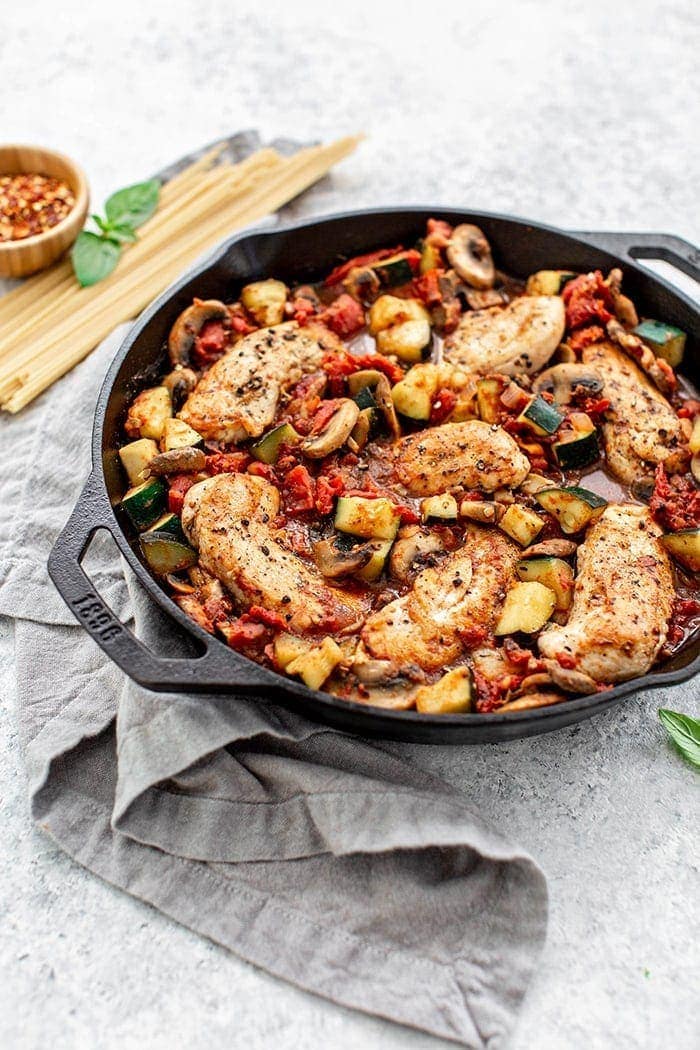
Cast Iron Recipes
Skillet Meals are one of my favorite things to cook in cast iron; I love when I can start and finish the recipe in the same pan because it creates less dishes!
- Skillet meals like this recipe for Italian Chicken, Mushroom, and Zucchini Skillet, One Skillet Baked Ziti with Meat Sauce, Baked Honey Mustard Chicken, or these Apple Cider Pork Chops with Caramelized Apples are great cooked in cast iron.
Roasted Vegetables turn out great in cast iron because the cast iron gives them a nicely browned crust – try it and compare to veggies roasted on a baking sheet!
- Try these Roasted Sweet Potatoes with Garlic and Sage, Honey Roasted Carrots, or Roasted Brussels Sprouts with Bacon and Balsamic for some yummy veggie recipes cooked in cast iron. These are all kid favorites in our house!
Greasy foods that will give your seasoning an extra boost.
- I always cook Homemade Bacon Bits in cast iron because cast iron works great for cooking in the oven. Cooking bacon in cast iron also helps add to the seasoning thanks to the fat rendered during the cooking process.
Desserts – yes, you can cook dessert in cast iron!
- Cobblers, like this Black Cherry Pomegranate Cobbler work great in cast iron pans and always remind me of making cast iron cobblers while camping when I was a kid.
- Brownies, like my Easy Homemade Fudgy Brownies, can be cooked up in a cast iron pan. A 9 inch cast iron skillet about would be the right size to use in place of an 8×8 pan. Smaller cast iron pans are fun for individual brownies.
Common Cast Iron Questions
Got questions about cast iron care? Here are answers to some of the most common ones. If you don’t see your question here, feel free to leave a comment below—I’m happy to help!
Can I use soap to clean my cast iron pan?
It’s best to avoid soap as it can strip the seasoning. Instead, use hot water and a stiff brush. For stubborn residue, scrub with kosher salt and a little warm water—it’s an effective, seasoning-safe method!
What’s the best way to remove rust from cast iron?
Use steel wool to scrub away rust, then wash the pan with hot water and soap (only this time), dry it thoroughly, and re-season immediately to restore the protective layer.
Why is my cast iron pan sticky after seasoning?
A sticky surface usually means too much oil was applied. Try using a thinner layer next time and baking at a slightly higher temperature to help it polymerize better!
How often should I season my cast iron pan?
A new pan may need seasoning a few times initially. After that, regular cooking with oil-rich foods like bacon or fried potatoes will help maintain the seasoning.
Join the Cast Iron Conversation!
Love cooking with cast iron? If you found this guide helpful, let me know in the comments!
Share your favorite cast iron recipes, tips, or ask any questions—I’d love to hear from you. Plus, don’t forget to follow me on Instagram @goodlifeeats for more kitchen tips and recipes!
★★★★★
Reader says –
“Wow! An amazing post. Extremely useful tips. Thank you so much.”
More Useful Kitchen Tips to Try
- How to Open a Jar with a Tight Lid – Stubborn lids can be frustrating! Try these six proven techniques to get that jar open effortlessly.
- How to Fill Muffin Tins the Easy Way – No more mess! This simple trick ensures perfectly portioned cupcakes and muffins every time.
- How to Use an Electric Knife Sharpener – Sharpening knives can seem daunting, but this guide will walk you through the process so your blades stay razor-sharp.
- How to Grease and Flour a Pan – Prevent sticking and ensure even baking with these easy greasing and flouring techniques.
Don’t see what you’re looking for here? You can always head over to check out the recipe index to look for more recipes.
Stay Inspired with More Kitchen Tips!
Want more expert kitchen tips and tricks sent straight to your inbox? Sign up for my newsletter and never miss a helpful guide or delicious recipe.
Taking care of cast iron is simple once you know the basics. Have your own cast iron tips or experiences? Share them in the comments—I love hearing from you!
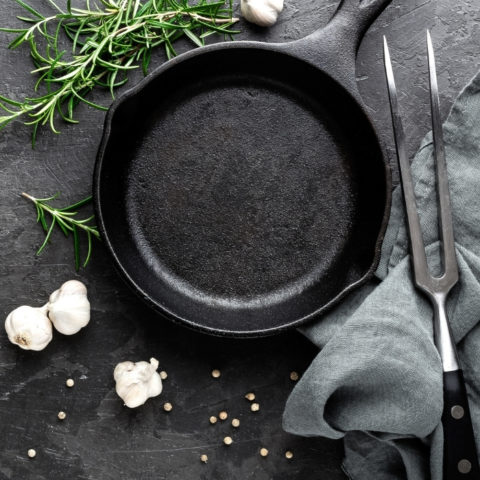
Caring for Cast Iron Cookware
Properly seasoning a cast iron pan is essential for longevity and non-stick performance. Follow these easy steps to season, clean, and maintain your cast iron cookware for years of perfect cooking.
Materials
- Cast Iron Pan
- 2 tablespoons Cooking Oil
Tools
- Oven
- Silicone Brush
- Oven Mitts
Instructions
- Preheat your oven to 350 degrees F.
- Position a rack in the middle of the oven.
- Place a foil lined baking sheet on the rack beneath the middle rack.
- Wash your new pan in warm, soapy water. Dry well. Warm the clean, dry pan over medium-low heat on your stove top.
- Brush 2 tablespoons of oil, grapeseed oil, canola, or vegetable oil over the bottom inside and sides of the pan. There should be just enough oil to evenly cover the surfaces without any excess. Alternatively, some choose to use vegetable shortening, such as Crisco, or food-grade coconut oil to season cast iron.
- Place the pan upside down in the oven on the middle rack. Bake for an hour.
- After the hour of cooking, turn the heat off and allow the pan to cool inside the oven for an hour.
Notes
Seasoning your new pan can be helped along if the first few recipes you cook after the initial seasoning process include the use of oil, such as sautéing an onion or deep frying.
How Do You Get Ride of Rust on Cast Iron?
If, unfortunately, you haven't cared for your cast iron properly or you inherited a piece of cast iron that is old and rusted, don't worry! You can easily remove that rust from your cast iron and restore a beautiful seasoned surface to your pan.
- First, you want to remove all of the rust from your pan. Steel wool works best for this task.
- After removing all of the rust from your cast iron, you will need to thoroughly wash the pan using soap, hot water, and a scrub brush. This should be the only time that soap ever touches your cast iron!
- Use a towel and dry the cast iron completely. You can also place the cast iron in a warm oven or over the stove on low to quickly evaporate all the moisture.
- Repeat the seasoning process. Make sure to cover the entire pan inside and out if you were dealing with exterior and interior rust. After the process is complete, you'll have a wonderfully seasoned cast iron.
Recommended Products
As an Amazon Associate and member of other affiliate programs, I earn from qualifying purchases.
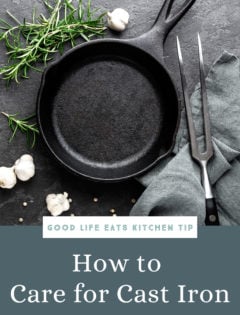
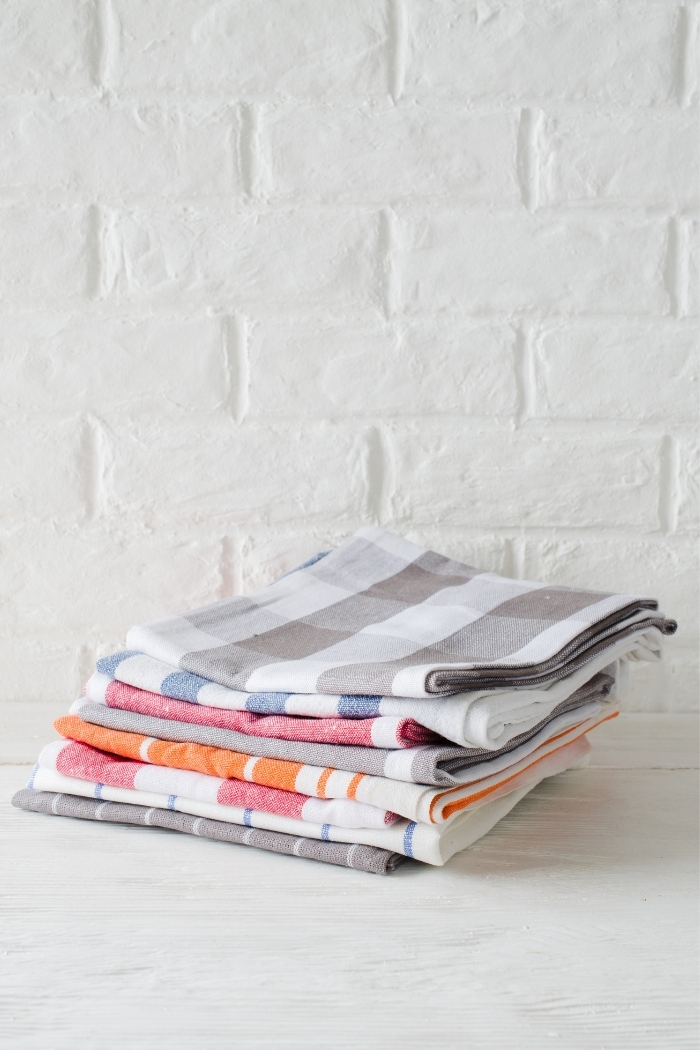


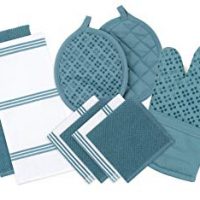
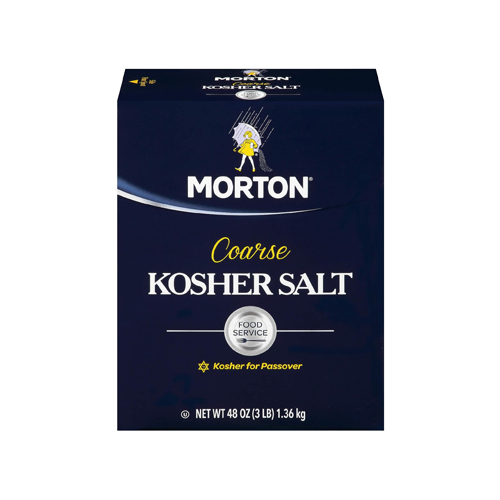
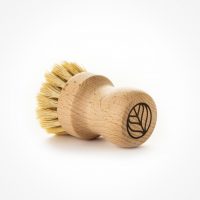
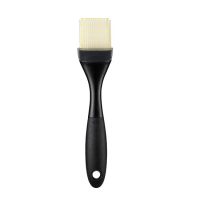
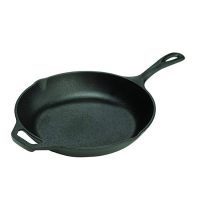
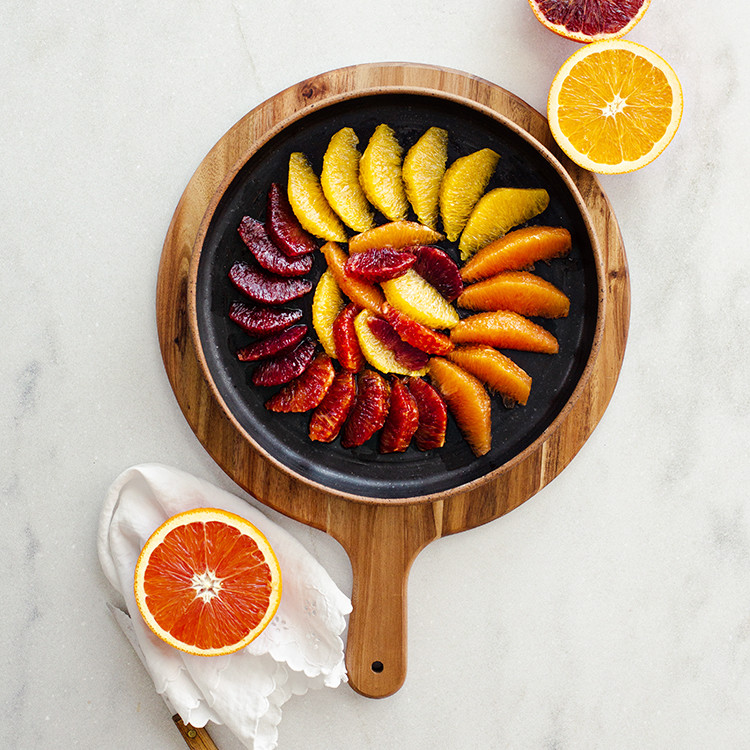
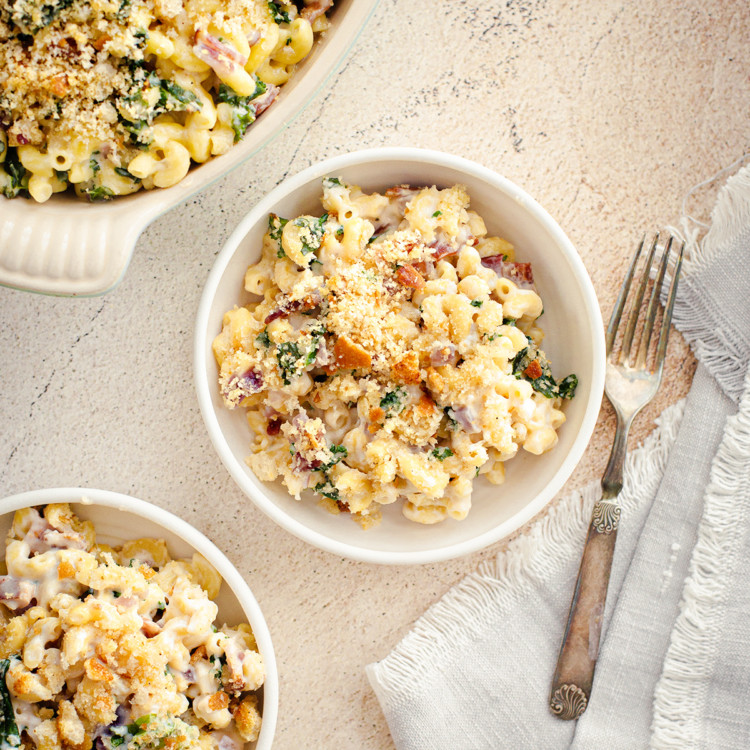
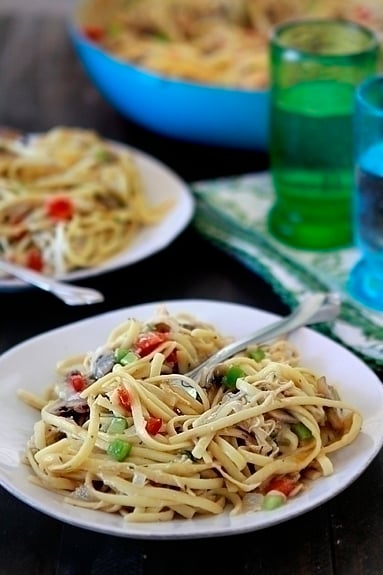
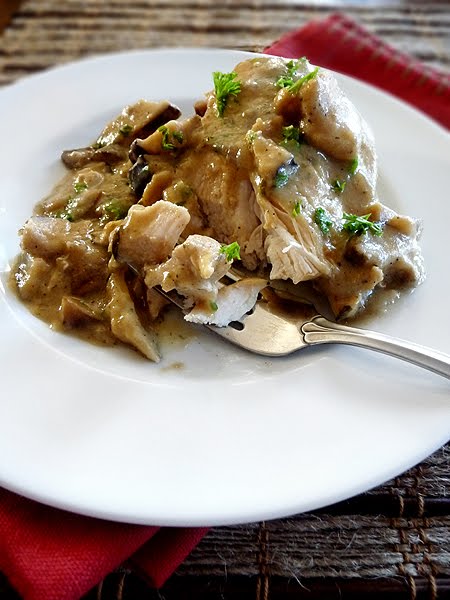
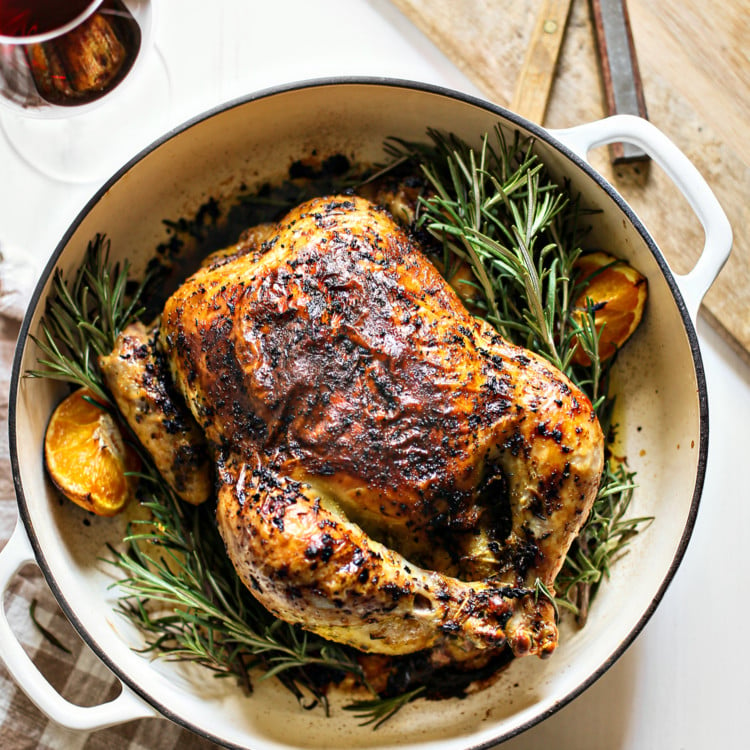

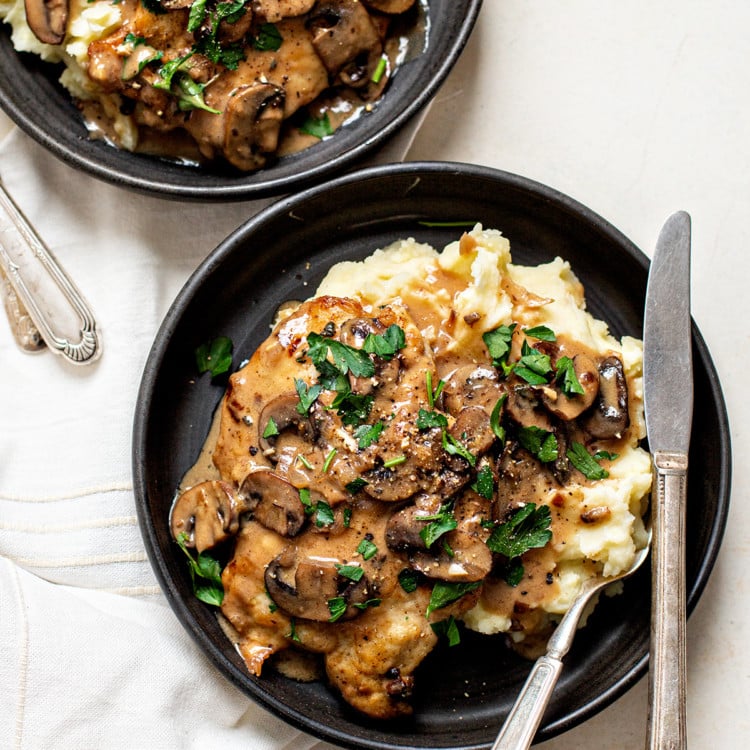
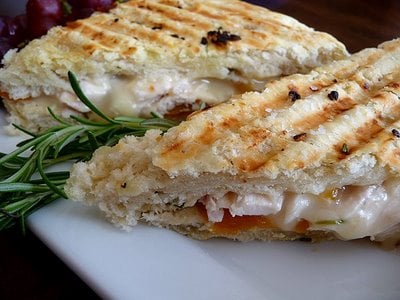
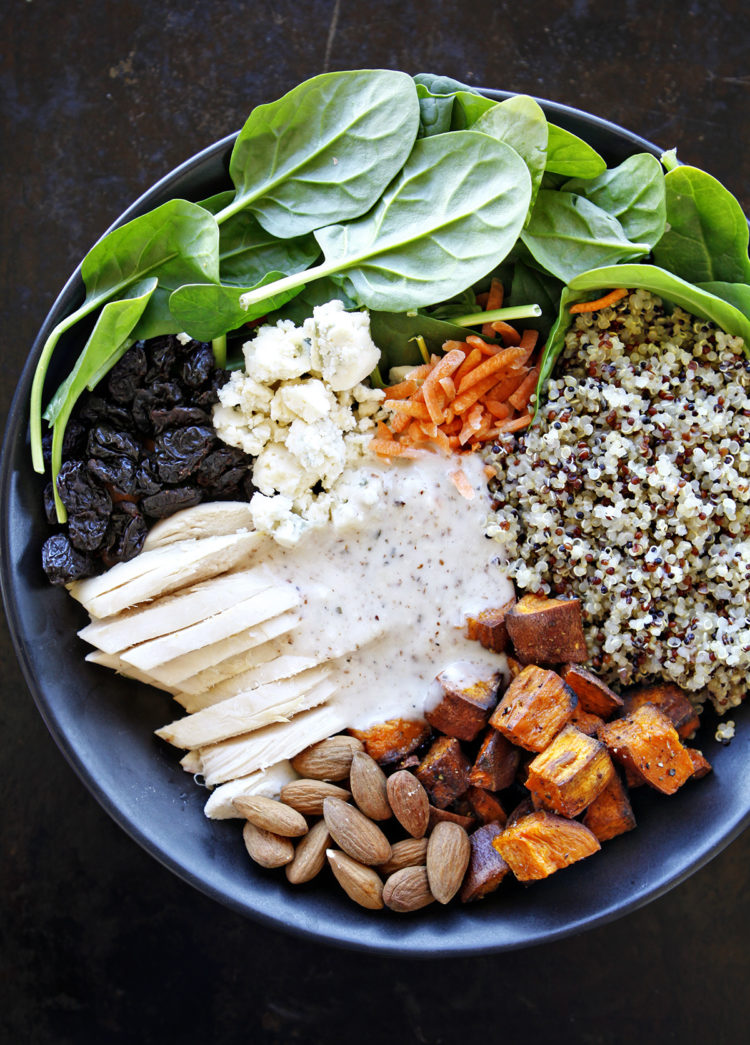
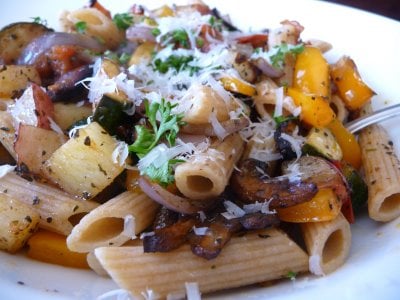

Trysha says
I love my cast iron pans! I have one that was my grandma’s and it has a heavy cast iron lid. It makes the perfect papitas.
heather says
Great, thanks for your reply, Katie. I’ll season those up then, b/c like you, I do not feel like they cook as nonstick would at all.
*Heather*
TraceyJoy says
wonderful tips. I love my cast iron cookware. I really hated that all of grandma pieces were thrown out after she passed (family member didn’t know how valuable they were & how precious they were to me) Anyway I’m slowly but surely gathering my own collection. I do buy Lodge cast iron, which are very heavy and nice. LOVE THEM!!!! The are pre-seasoned, however on my second piece I went ahead and seasoned it my way. It does not hurt the pans at all.
I used shorting as my method to oil down/season my pans. I will say this any oil that you use your pan will pick up the flavor. When you heat the cast iron you opens up the pores to allow the oil to sink in. Once the pan cools and that layer of oil is in there, it closes the pores. That process gives you the patina aka the pretty black coating. The next time you heat the pores open and the flavors (oils) that are in your pan will be released. If you use olive oil or coconut oil all your food will have that flavor. That is why I use a plain shorting so that the flavor is always even no matter what you cook.
Hope this helps, nice job Katie. Cast Iron is the best.
Lisa says
I use cast iron for everything! My favs are the Lodge flat one handle griddles. When something burns, just throw it in the oven at 500F for awhile and the burnt crud lifts off. I also use two pans at a time for bread, pizza, etc instead of a stone. Heat them up, put on the bread, pop back in the oven. Wipe with a little oil every so often and they are superior nonstick pans–even for eggs!
heather says
That looks like a Le Creuset cast iron skillet in the photos. Le Creuset claims these particular skillets require no seasoning, but both of ours are discolored on the interior bottom after several times cooking various things — be it to sauté scallops, cook tortillas, etc. Do you recommend we try to season those now, even though irreparable damage may already be done? And do you also think we should automatically season anything cast iron, even if the company says no seasoning is necessary?
Cheers and thanks,
*Heather*
Katie says
Not sure. I don’t have a ton of experience with cast iron and I’ve never purchased Lodge brand skillet which is the most widely known pre-seasoned skillet.
I didn’t realize that Le Creuset says that their cast iron skillets are pre-seasoned. Well seasoned cast iron cooks like a non-stick but I didn’t feel that my LC felt that way so I decided to try seasoning it.
That probably didn’t really answer your question. I don’t think that additional seasoning would do harm as it is a process that naturally happens over the years. And may at some point need to be done again if something had burnt in the pan and you needed to scrub with soap and water.
Misty says
Lodge is a terrible brand! They never get that smooth feel and stay rough. The ones that I purchased by them never got that seasoned feel and food always stuck even with a good seasoning so I tossed them.
Brenda @ a farmgirl's dabbles says
I’ve been in on several conversations over the past year where this topic has come up. So, great info! We love using cast iron. Our favorite meal is a big pan of Macho Nachoz. The nachos stay warm while we eat, and the nachos and cheese get a lovely crispness.
Karen Morris says
Katie,
I love my cast iron cookware. I just feel that when I clean them they are not really clean. Hot water and not soap just doesn’t fit the normal for me. LOL I love to make cornbread in mine but I use it for so many things… like baking a chicken in it.
Melissa B says
Any tips on how to properly clean a cast iron pan? My husband and I can’t agree on what’s right! 🙂
shalc says
Usually we just wipe it out with a paper towel, or scrub it lightly with just water and thorougly dry – don’t use soap, it’s bad for the seasoned surface.
Edie Elfland says
It’s best never to get it wet. And leave a little film of oil or fat on it when you put it away so it won’t rust. If you ever do need something abrasive to scrub it, table salt works well.
Mary l says
My mom always put her pan on the stove on low heat for a few minutes to finish drying it before putting it away. Never rusted.
Kristen says
I love cooking with my vintage cast iron skillets. They truly bring out such great flavor in the food.
You know… now that I think about it, I’ve never seasoned my Le Creuset pans. For some reason I just assumed they were seasoned and ready to go!
Katie says
Someone else brought up that LC says you don’t need to season their pans. A well seasoned pan is practically non-stick and I didn’t feel that my LC cast iron (not enamel coated) was very stick resistant so I figured I’d give it a try and that it couldn’t hurt.
Amy A. says
Can you season with coconut oil? Thanks for the great article!
Katie says
I don’t see why not. Some people use Crisco instead of oil. I have never cooked with coconut oil, but my understanding is that coconut oil is more solid like crisco. Is that right?
I googled and it looks like some have used coconut oil with good results. I have never tried it but it sounds like a good idea.
Amy A. says
Yes, it is a solid at room temp; it is a liquid above 75 degrees. I have used Crisco in the past, but I’ve been cooking with coconut oil a lot lately. It is very healthy and very tasty! Thanks for your blog; love it!
Jen @ My Kitchen Addiction says
Great advice! I just started cooking on cast iron last winter, and I absolutely love it.
Michaela says
I share a kitchen so I always have to bring my equipment from my room down to the kitchen. I loved my cast iron pan, but it was just too heavy to carry back and forth. I’m looking forward to having my own kitchen next year and buying some good cast iron again.
Jess says
We used to cook all the time using our cast iron skillet until my doctor said my iron levels were actually too high. First thing she said to do: stop using the cast iron pan!
brandi says
I love my cast iron pans. They belonged to my husband’s grandmother and are my favorite pans in the kitchen – especially for pancakes!
Jessica @ Delicious Obsessions says
Hahahha! This is AWESOME! Just last night, I realized my cast iron skillet is in dire need of seasoning and I had forgotten how to do it! This blog post is PERFECT timing! Thanks!!
Lisa {Smart Food & Fit} says
I have to buy another cast iron pan. I lost it when we moved into our current house. Great tips!